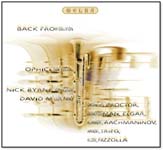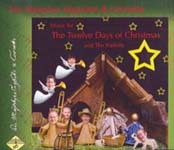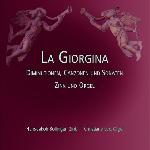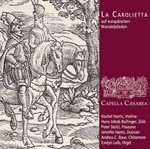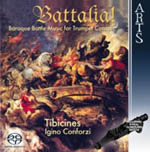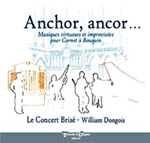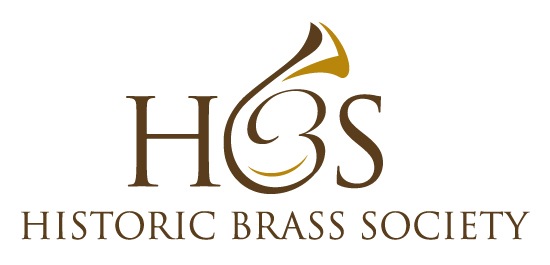Christmas with the Serpent
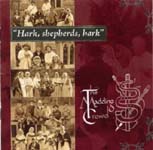
Hark, Shepherds, Hark, The Madding Crowd, 2007; The Madding Crowd # TMC-002-CD. Obtained from the group’s website, (you may also email to
The Madding Crowd is an English group that specializes in the research and performance of church and country music from Georgian times. Their performance focus is on authenticity, and as such their music embodies an immediacy and earthiness that takes the listener back in time. The sound has a bumptious, rural quality that specifically does not recall performances of polished professionals. In this case, this quality is a good thing.
This CD is a selection from the group’s Christmas repertoire. Historically, the holidays presented such groups a fine opportunity to make music in the church, in West Gallery tradition, and to make the rounds of the village, visiting every cottage to tell the good news in carols. Many of the selections recorded here are taken from an undated manuscript found by the group in a used bookshop, and their research has placed its contents in the vicinity of 1837 Dorset, and many of the carols found within are not known elsewhere.
The selections include "We Singers Make Bold" with its West Country tune, "Hark the Glad Sound" (ca. 1800), "Awake Ye Heavenly Choirs and Sing" (early 19th C), "The Cornish Seraphic Minstrels," "Great Was the Joy Displayed Abroad," the Charles Burney version of "Hark the Herald Angels Sing," "Come Let Us All With Heart and Voice," "O May We All Rejoice," which at times seems almost Handelian, the mid-18th-century "Anthem for the Nativity St. Luke Chapter 2," "Angels From the Realms of Glory" in its Thomas Merritt setting, "Anthem for the Nativity," "When Jordan Hush’d His Waters Still" (ambitious for West Gallery), "Shepherds Rejoice," the lilting 6/8 "A Saviour Sinner," "Glad Tidings, Bright Angels," with its opening "symphony," the titular "Hark Shepherds Hark," "Arise and Hail," the tricky "Me Think I Hear a Soft Still Voice," the Victorian carol "Be Merry All," "Hark Those Hallelujahs Pealing," which spans from the Nativity to the Passion and Second Coming, and finally "While Shepherds Watch’d," here with a different tune setting for every verse, none of which are familiar today.
The Madding Crowd’s instrumental accompaniment consists of fiddles, cello, flute, oboe, clarinet and serpent. From an early brass standpoint, this album’s offering is limited to the participation of the serpent, played here quite capably by Peter Hackston. Happily, this proves to be a lot of serpent, often in prominent lines and sometimes taking the melody. I recommend this recording on the strength of its offbeat, authentic sound, unusual collection of carols, and strong serpent presence.
--Paul Schmidt


